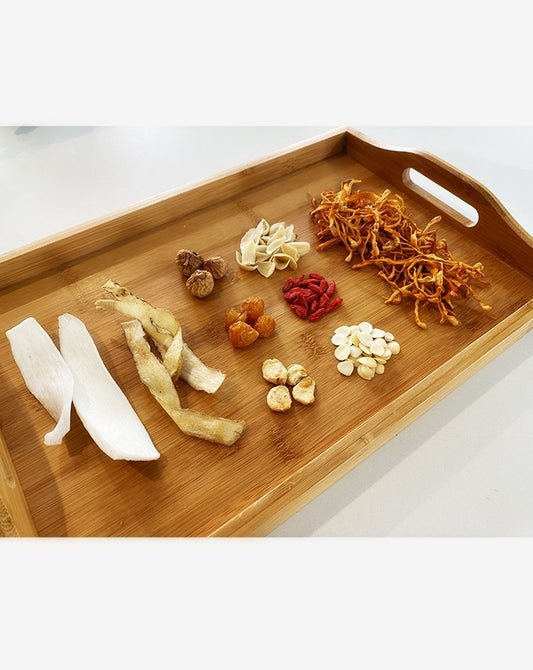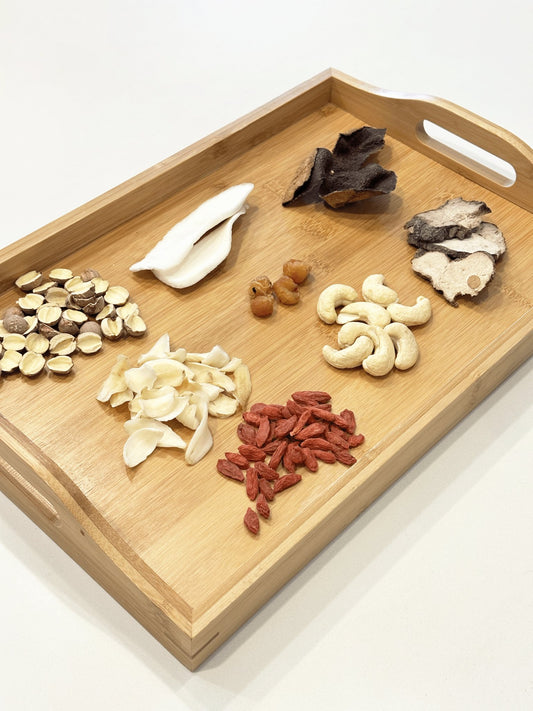As winter approaches, dealing with frostbitten hands becomes a pressing concern. Engaging in snow or ice sports like skiing and ice skating, or traveling to cold regions, increases the likelihood of frostbitten hands. Even at home, exposure to cold water, such as handwashing dishes in frigid weather, can lead to the agony of frostbitten hands.
Causes and Symptoms of Frostbite on Hands
Frostbitten hands are a result of exposure to a cold, damp, and windy environment. In an effort to maintain core body temperature, the body prioritizes blood flow to vital organs such as the heart, leading to blood vessel constriction and the inadequate transmission of blood to the extremities. Over time, insufficient blood circulation in the hands and feet can result in damage to the skin and surrounding tissues, causing frostbite. Frostbite is prone to occurring in the extremities, such as the hands, feet, ears, and nose, particularly in cold and windy conditions, such as on a skiing slope. Factors like sweat or melted snow seeping into clothing contribute to the trifecta of 'cold, wind, and moisture,' increasing the risk of frostbitten hands.
When frostbite occurs, symptoms may include a stinging or itching sensation, localized redness, the formation of blisters, and, in severe cases, potential skin necrosis with black discoloration.
Methods to Handle Frostbitten Hands
Effective treatment of frostbitten hands is crucial. Firstly, avoid rubbing the affected area to prevent further damage to the skin. Immediate treatment involves using warm water at a temperature between 37 to 39 degrees Celsius. Immerse the frostbitten part in water or wrap it with a moist cloth at this temperature to achieve a gradual warming effect. The recommended duration for rewarming is 15 to 30 minutes, avoiding water above 40 degrees Celsius to prevent inflammation. In the absence of warm water, in emergency situations, placing the affected area against the abdomen can serve as a temporary rewarming method until the skin regains its normal softness.
After rewarming, take care to avoid re-exposure to cold environments. Be cautious not to use excessively hot water during rewarming to prevent burns and further skin damage. If blisters form at the frostbite site, refrain from popping them to avoid infection. In cases where the skin remains red, blisters persist, or discoloration indicating possible necrosis occurs, seek prompt medical attention.
Preventive Measures for Frostbite
Preventing frostbite is equally important. Choose properly fitting shoes and gloves to avoid them being too tight or too small. Ensure that the cuffs of clothing, such as sleeves and pant legs, are secure to prevent wind and snow from entering. Before engaging in snow activities, warm-up adequately to enhance blood circulation to the extremities. Take regular breaks, stay hydrated, and maintain warmth to facilitate optimal blood circulation in the body. If gloves or socks become wet, replace them promptly.
Incorporate foods that promote blood circulation, such as ginger and garlic, into your diet. Pay attention to staying warm and engage in moderate exercise to maintain body temperature. Finally, consuming soups that improve blood circulation and alleviate cold hands and feet, such as Body Warm Soup (Japanese Dried Scallops Jujube Soup), Immunity Strength Soup (Dried Agrocybe Aegerita Mushroom Soup), or Energy Soup (Dried Angelica Sinensis Soup), can serve as effective preventive measures.
Winter is a peak season for frostbitten hands. Mastering these treatment and prevention methods will help you steer clear of the discomfort associated with frostbitten hands during the cold season. Protect your hands and enjoy a warm and comfortable winter!









